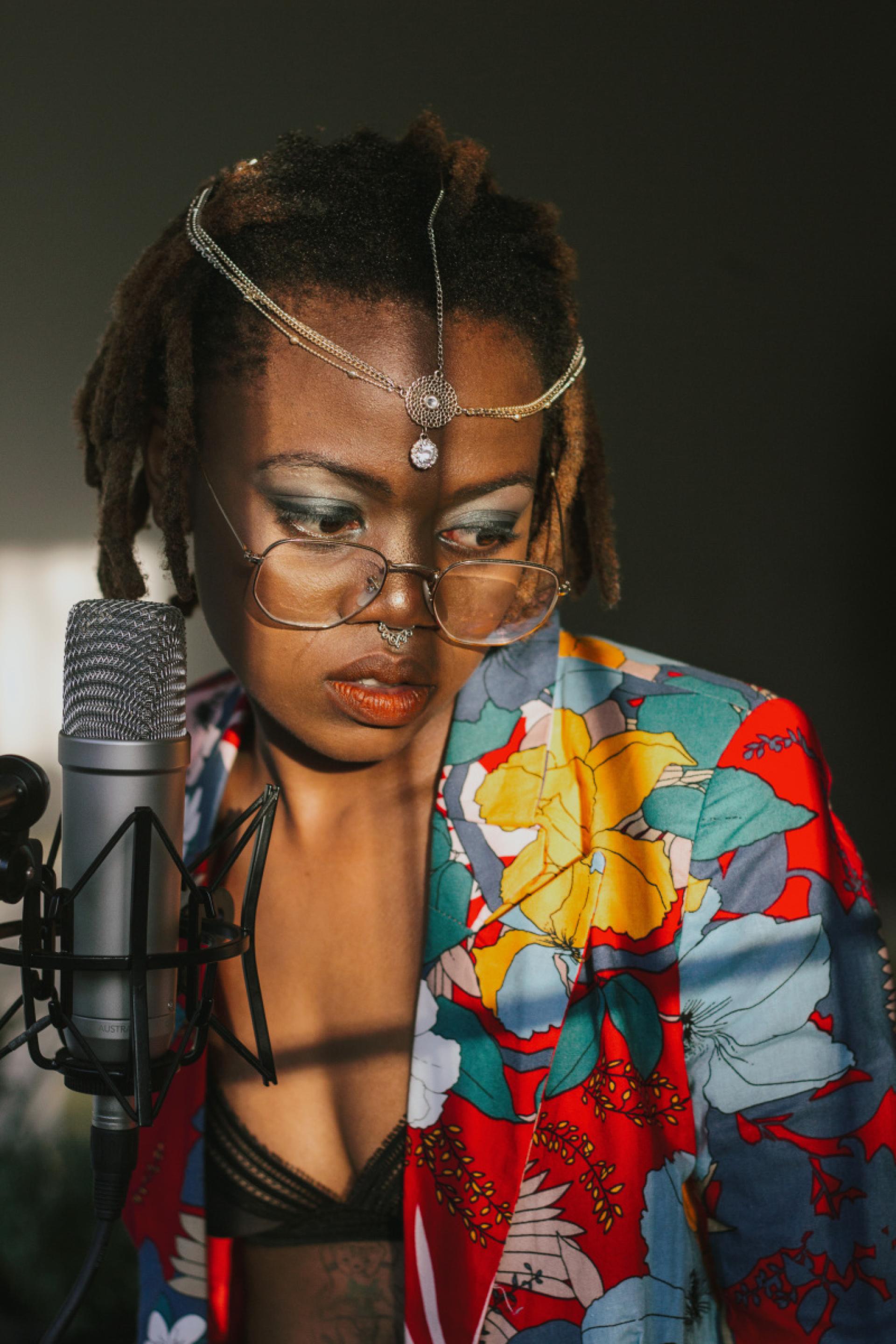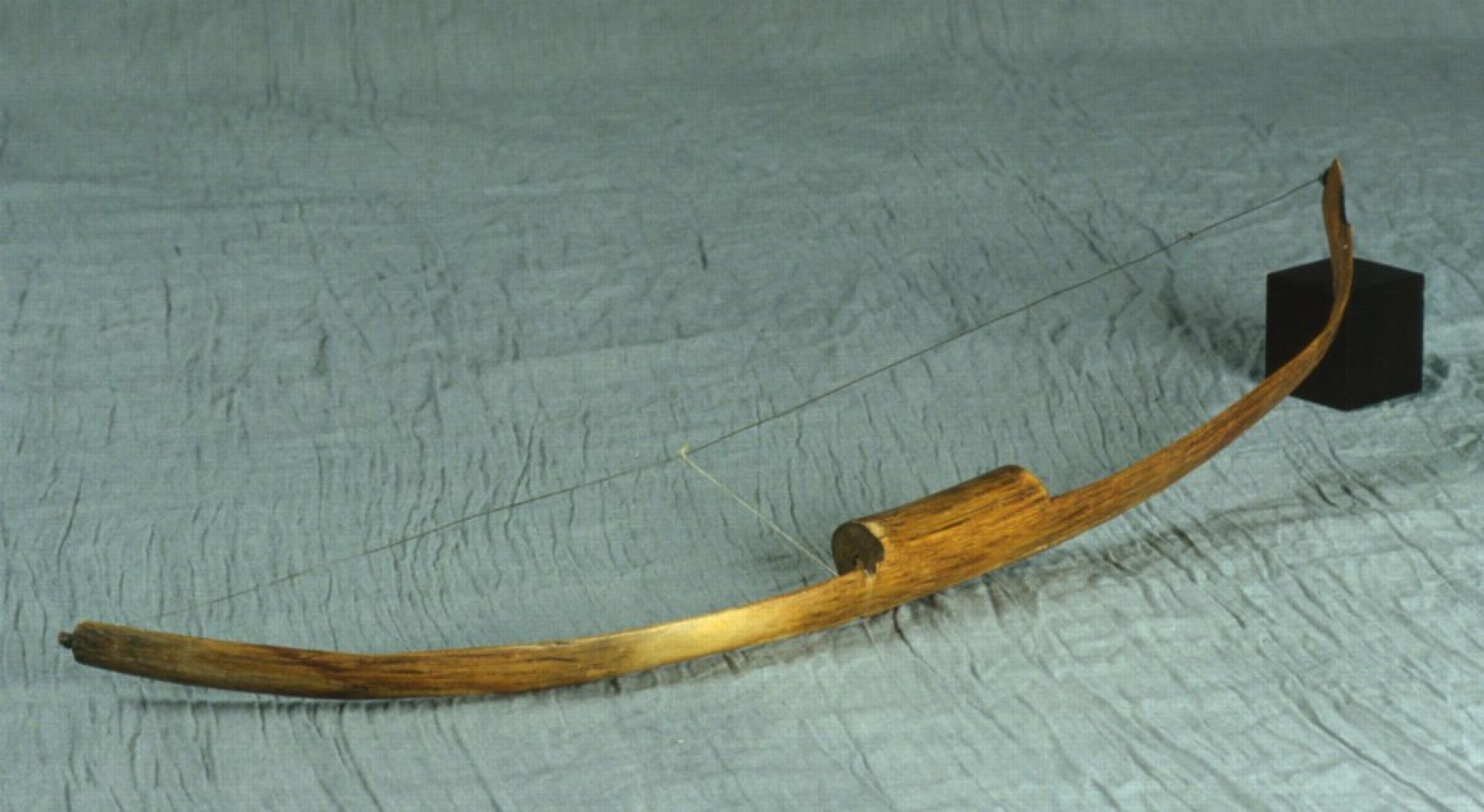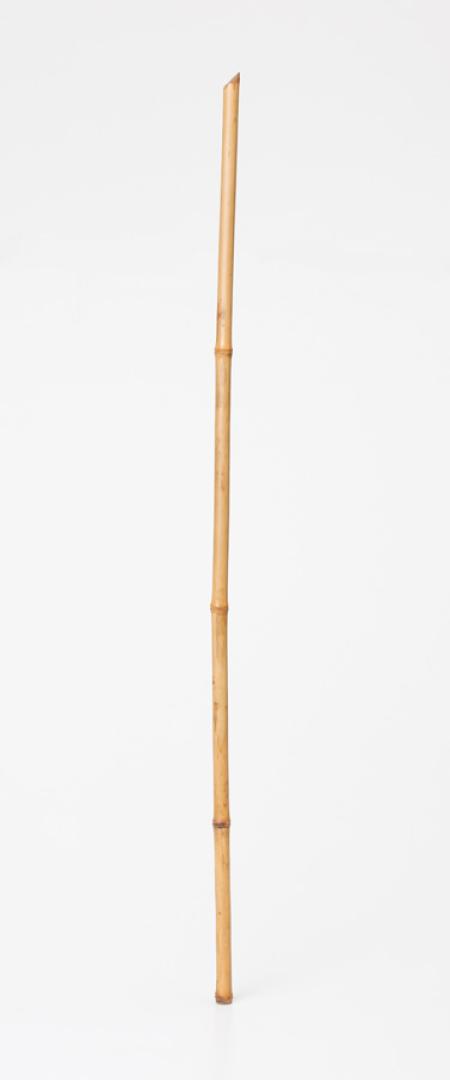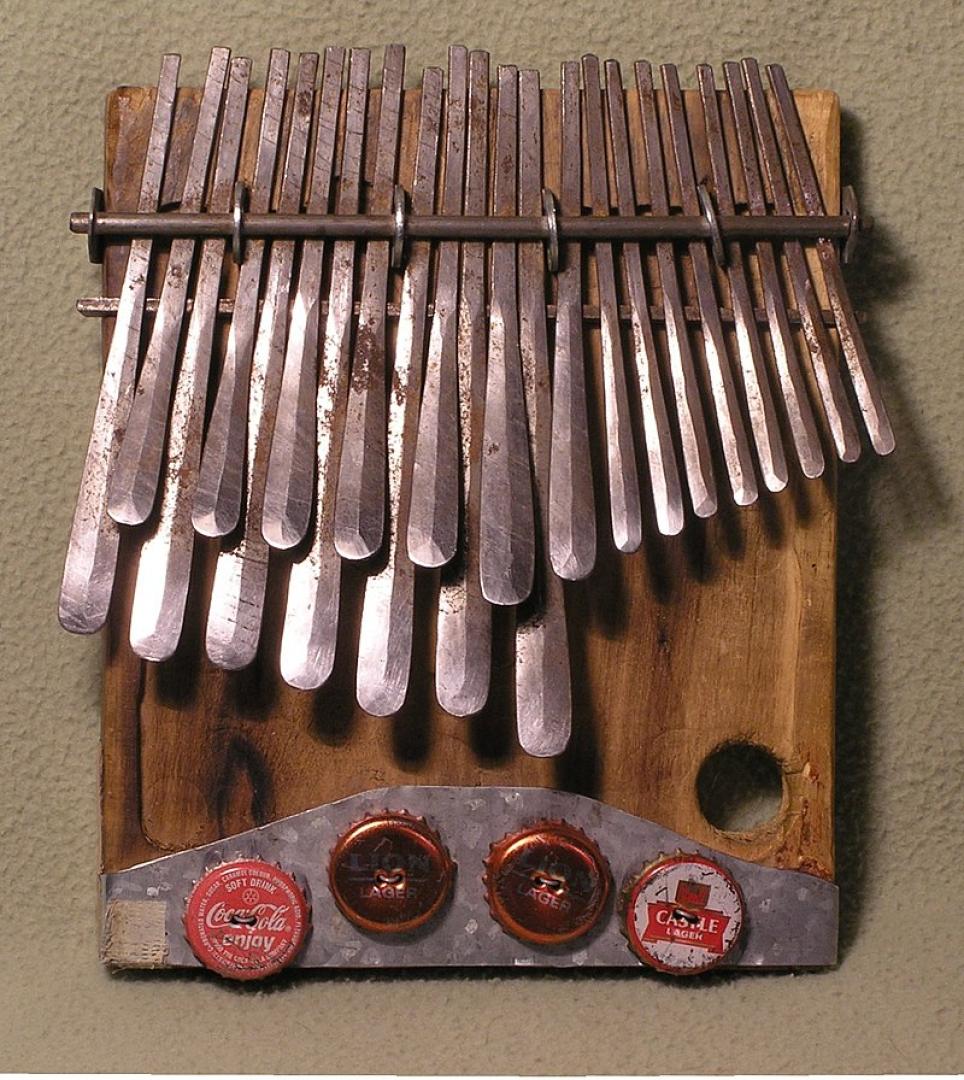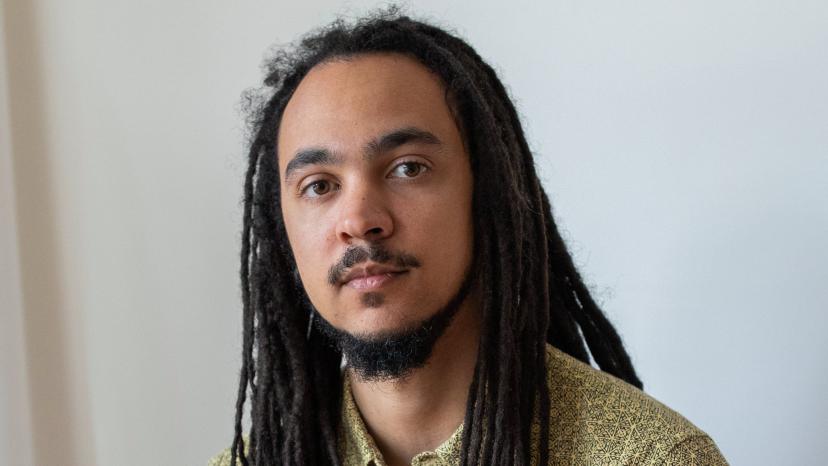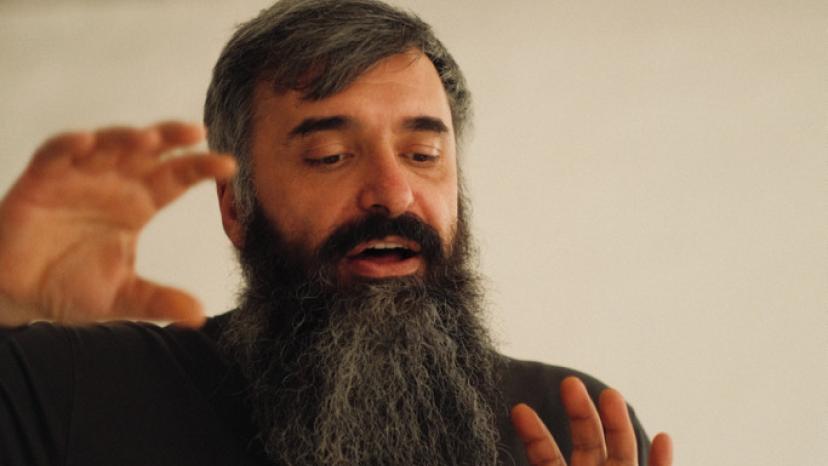The next instrument is the Lekolilo. It is literally a PVC pipe. It is cut in a specific angle and at a specific length. You play it like a reed instrument; you open and close the bottom to produce more frequencies. Each pipe produces about four to seven tones, though overtones are obviously wider. The scale is dependent on the size. I've had a lot of fun with those because I can do ensembles of three or four at a time. And once we figured out how to play the instruments, their synergy is quite beautiful to me. I think it's also a really nice balance of air and pitch and voice.
The other instrument is of course my first love, the Mbira. We are from the Monomotapa Hills, also known as Great Zimbabwe. Those are my ancestors. Mbira music is literally how I pray to my people. The Mbira is also known as the kalimba, thumb piano, all sorts of different names, but it’s got its own kind of energy that I appreciate.
Let me stop there. I'm going to bring all these little babies to the concert in Berlin!
You talk about this from different roles; as a healing person, musician, researcher, and composer. How was it for you to find your place?
It's been really great to grow up and live in a country where there are a lot of spiritual people. If you go on a hike anywhere in nature, to a park or anywhere, you will see at least one Sangoma. And especially now we're reclaiming a history. Before it was illegal to be a practicing traditional healer of South Africa, one person per household was responsible for keeping the ancestral line channels awake and alive. We are bringing that energy back and translate it into artistic spaces. Usually the healer of the family is also the artist of the family. Once you're in your internal world, art is the thing that can get you to access the depths more efficiently than others as well as on the physical level. Artists are responsible for the spiritual body, while Nyanga, the medicinal healers, are responsible for the physical body. Sangoma literally means Ngoma—and Ngoma means music.
I'm afraid of what it's going to be like when I move to the Global North. I don’t want to become the fetishized, exotic, spiritual person. Because I think I hold spiritual knowledge with the same kind of complexity and intelligence and wisdom as I hold the more academically qualified forms of knowledge. I do think it fits in, at least in my mind, to be someone who is both a PhD candidate at Duke University and a Sangoma from Venda and Monomotapa, Zimbabwe; someone who is also very wild person of the modern world who's polyamorous and queer. I see a world where I can be all those things.
What will you do in the US exactly?
I want to develop a more academic blueprint and underpinning of the archival work that I'm already doing. My intentions are around formalizing African harmony, rhythm, and composition. That's something that's been done already, but I want to use the archival materials that I have to develop a lexicon and material for educational use. I'm also looking into what it would mean to leverage off the endangered elements of indigenous music and work with AI, composing specifically with machines to then bring back knowledge that is going lost. If we're feeding all this indigenous language into our codes, what would it look like to then have that play back to us? Would it mimic, would it birth something new? Would it revitalize what's been missing? The more experimental elements of my thesis are around that.
Can you say something about your piece or the contribution to the concert on August 30th?
I'm trying to tap into »unconventional« compositional approaches. I say »unconventional« with scare quotes because it's very conventional in the places that I'm from, but it's marginalized. I want to dive into the idea that the composer is the energy that is built among a collective of people and not one mind. We are all collectively composing. I will build my movements around healing moments, looking at grief, looking at the beauty of grief, at the discomfort and joy. I'm just leading the conversation in those ways, leaving room for response in the form of interactive, playful, experimental reactions. I am deeply grateful for this space and opportunity. I hope for a future where all over the world people who have this gift can see themselves as being a part of the world and don't have to feel alienated. We're here to serve and heal.
